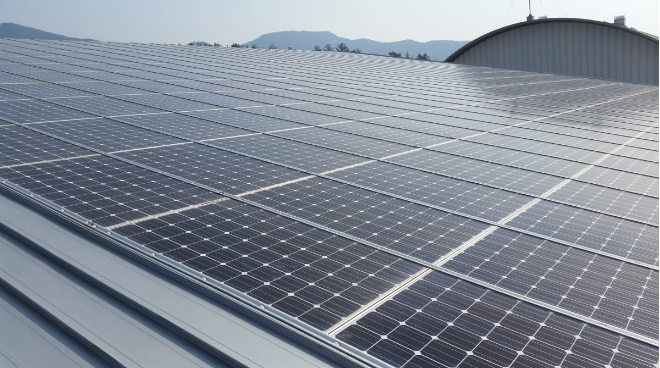Lazard released its Levelized Cost of Energy (LCOE) analysis version 15.0 for Energy and Version 7.0 for Energy Storage.
According to the consultancy, utility-scale solar–both thin-film and crystalline silicon–as well as wind have the lowest LCOE of all U.S. sources considered, as in last year’s report.
The LCOE of unsubsidized large-scale PV based on crystalline silicon is estimated at $0.030-$0.042/kWh and that of grid-parity thin-film solar plants at $0.028-$0.037/kWh. For comparison, in 2020 Lazard reported that crystalline silicon achieved $0.031-$0.042/kWh and thin-film $0.029-$0.038/kWh.
The LCOE for residential PV is indicated at $0.147-$0.221/kWh and that of commercial and industrial rooftop solar at $0.067-$0.180/kWh.
Wind is still the cheapest electricity source with an LCOE of $0.026-$0.050/kWh, which is slightly lower than $0.026-$0.054/kWh last year. The cost decline for utility-scale solar, however, continues to be higher than that for onshore wind, Lazard emphasized.
Combined cycle gas has anLCOE of $0.045-$0.074/kWh, the lowest among conventional sources; that of coal and nuclear is $0.065-$0.152/kWh and $0.131-$0.204/kWh, respectively.
“When U.S. government subsidies are included, the cost of onshore wind and utility-scale solar continues to be competitive with the marginal cost of coal, nuclear and combined cycle gas generation,” Lazard said. Including these values, solar reaches an LCOE of $0.027/kWh and wind of $0.025/kWh, while coal and nuclear power achieve $0.042/kWh and $0.024/kWh, respectively.
As for the levelized cost of storage (LCOS) in the U.S., Lazard reported that unsubsidized storage projects operating on the spot market and with a capacity of 100 MW/100 MWh are able to deliver a value of $0.160-$0.279/kWh. Facilities with capacities of 100 MW/200 MWh and 100 MW/400 MW can reach $0.146-$0.257/kWh and $0.131-$0.232/kWh, respectively. Solar-plus-storage with a capacity of 50 MW/200 MWh is estimated to reach $0.085-$0.158/kWh.
In the residential segment, solar-plus-storage installations are said to achieve $0.416-$0.621/kWh. For the commercial segment this value was estimated at $0.235-$0.335/kWh.






